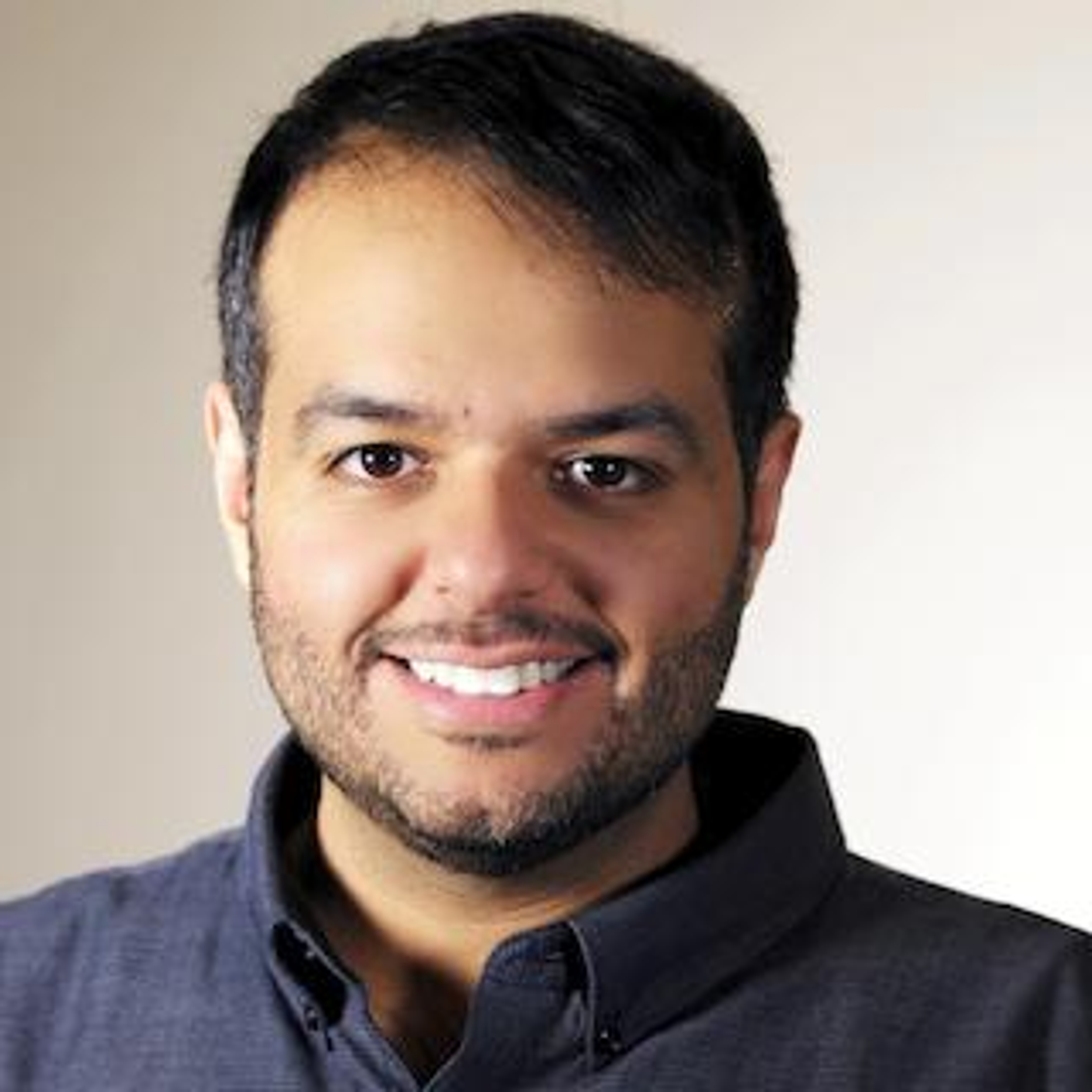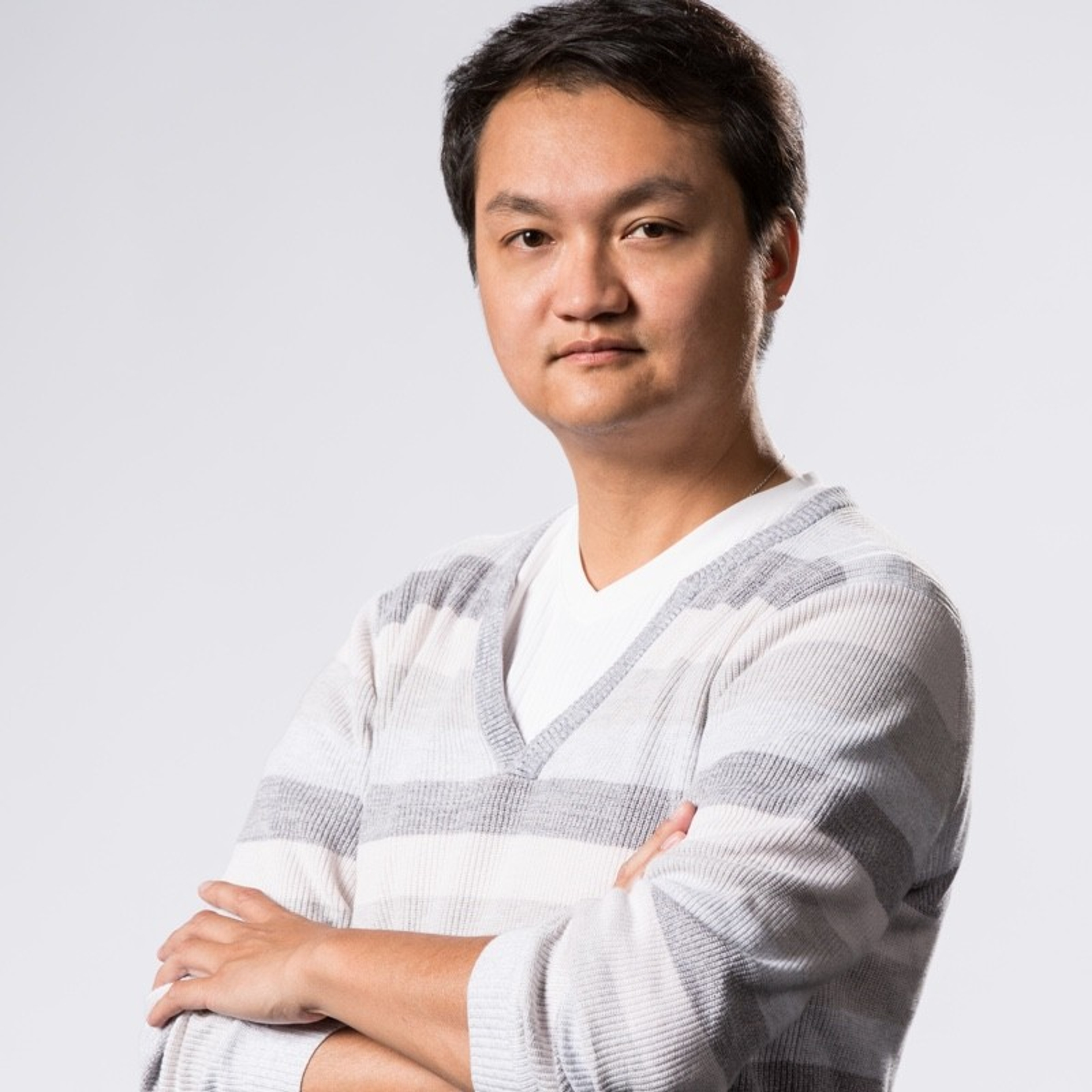Lesson 1
Advanced CNN Architectures
Learn about advances in CNN architectures and see how region-based CNN’s, like Faster R-CNN, have allowed for fast, localized object recognition in images.

Course
Learn to apply deep learning architectures to computer vision tasks. Discover how to combine CNN and RNN networks to build an automatic image captioning application.
Learn to apply deep learning architectures to computer vision tasks. Discover how to combine CNN and RNN networks to build an automatic image captioning application.
Intermediate
1 month
Real-world Projects
Completion Certificate
Last Updated May 17, 2024
Skills you'll learn:
Prerequisites:
Lesson 1
Learn about advances in CNN architectures and see how region-based CNN’s, like Faster R-CNN, have allowed for fast, localized object recognition in images.
Lesson 2
Learn about the YOLO (You Only Look Once) multi-object detection model and work with a YOLO implementation.
Lesson 3
Explore how memory can be incorporated into a deep learning model using recurrent neural networks (RNNs). Learn how RNNs can learn from and generate ordered sequences of data.
Lesson 4
Luis explains Long Short-Term Memory Networks (LSTM), and similar architectures which have the benefits of preserving long term memory.
Lesson 5
Learn about a number of different hyperparameters that are used in defining and training deep learning models. We'll discuss starting values and intuitions for tuning each hyperparameter.
Lesson 6
Attention is one of the most important recent innovations in deep learning. In this section, you'll learn how attention models work and go over a basic code implementation.
Lesson 7
Learn how to combine CNNs and RNNs to build a complex, automatic image captioning model.
Lesson 8 • Project
Train a CNN-RNN model to predict captions for a given image. Your main task will be to implement an effective RNN decoder for a CNN encoder.

Curriculum Lead
Cezanne is an expert in computer vision with a Masters in Electrical Engineering from Stanford University. As a former researcher in genomics and biomedical imaging, she's applied computer vision and deep learning to medical diagnostic applications.

Instructor
Luis was formerly a Machine Learning Engineer at Google. He holds a PhD in mathematics from the University of Michigan, and a Postdoctoral Fellowship at the University of Quebec at Montreal.

Instructor
Jay is a software engineer, the founder of Qaym (an Arabic-language review site), and the Investment Principal at STV, a $500 million venture capital fund focused on high-technology startups.

Curriculum Lead
Ortal Arel has a PhD in Computer Engineering, and has been a professor and researcher in the field of applied cryptography. She has worked on design and analysis of intelligent algorithms for high-speed custom digital architectures.

AI | Knowledge Architect
Kelvin had taught in US Academia and Industry within highly technical subjects of CS and AI/DL for a decade. He expanded into building AI Fullstack in China to have a broader global perspective for 3 years. Now he is combining AI, Empathy & Ethics informed by his 18 years of meditation to build new Educational AI for all.
Combine technology training for employees with industry experts, mentors, and projects, for critical thinking that pushes innovation. Our proven upskilling system goes after success—relentlessly.

Demonstrate proficiency with practical projects
Projects are based on real-world scenarios and challenges, allowing you to apply the skills you learn to practical situations, while giving you real hands-on experience.
Gain proven experience
Retain knowledge longer
Apply new skills immediately

Top-tier services to ensure learner success
Reviewers provide timely and constructive feedback on your project submissions, highlighting areas of improvement and offering practical tips to enhance your work.
Get help from subject matter experts
Learn industry best practices
Gain valuable insights and improve your skills

Unlimited access to our top-rated courses
Real-world projects
Personalized project reviews
Program certificates
Proven career outcomes
Full Catalog Access
One subscription opens up this course and our entire catalog of projects and skills.
Average time to complete a Nanodegree program
(450)
3 months
, Advanced
4 weeks
, Advanced
(909)
4 months
, Intermediate
4 weeks
, Intermediate
4 weeks
, Advanced
4 weeks
, Intermediate
4 weeks
, Intermediate
4 weeks
, Intermediate
4 weeks
, Advanced
(328)
2 months
, Advanced
(275)
2 months
, Advanced
4 weeks
, Beginner
(256)
2 months
, Intermediate
(235)
3 months
, Intermediate
4 weeks
, Intermediate
4 months
, Intermediate

Advanced Computer Vision and Deep Learning
(450)
3 months
, Advanced
4 weeks
, Advanced
(909)
4 months
, Intermediate
4 weeks
, Intermediate
4 weeks
, Advanced
4 weeks
, Intermediate
4 weeks
, Intermediate
4 weeks
, Intermediate
4 weeks
, Advanced
(328)
2 months
, Advanced
(275)
2 months
, Advanced
4 weeks
, Beginner
(256)
2 months
, Intermediate
(235)
3 months
, Intermediate
4 weeks
, Intermediate
4 months
, Intermediate